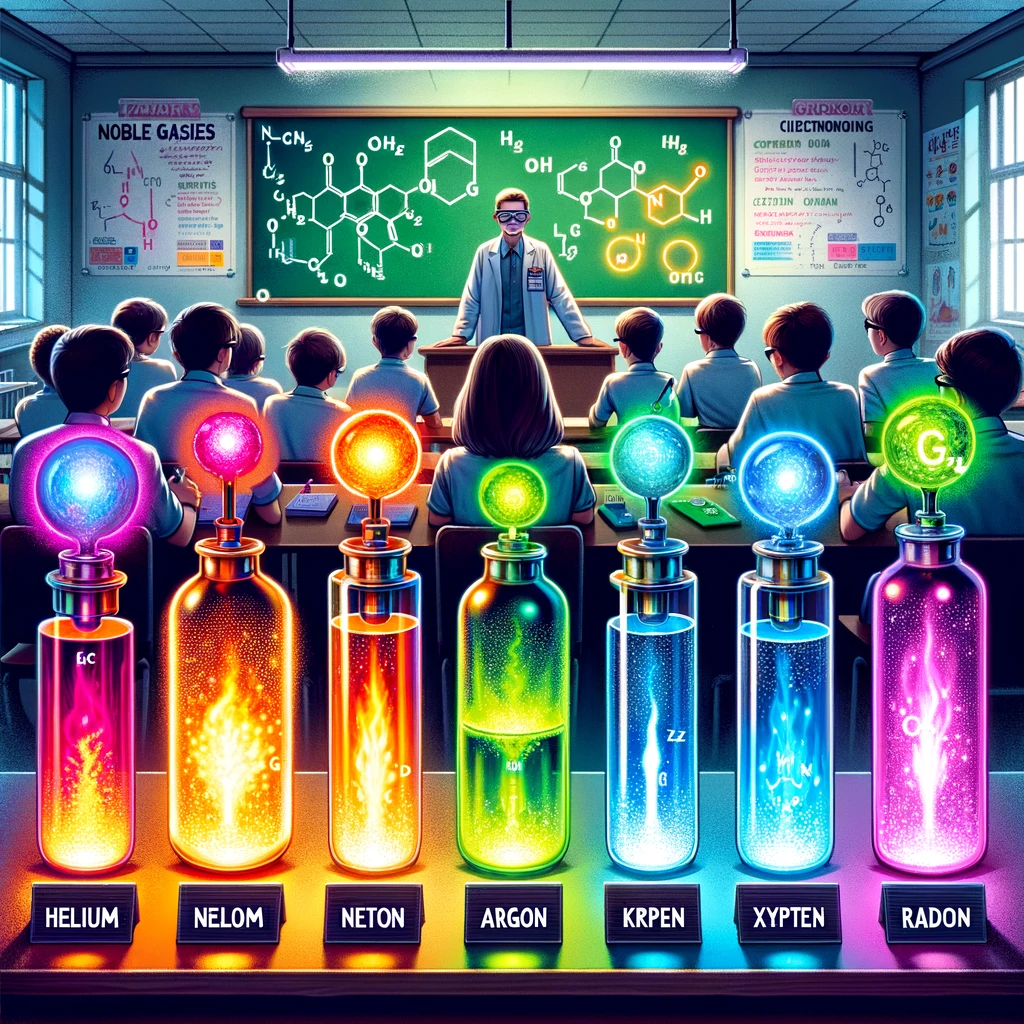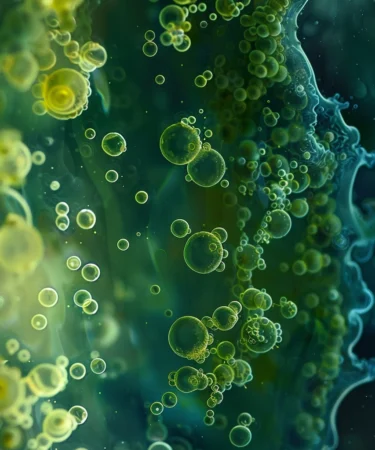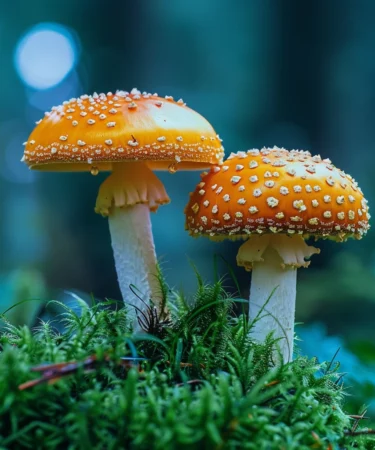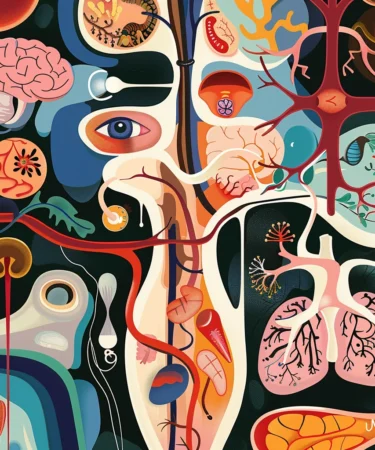Literary genres are the basic categories for classifying literary works. These categories are important because they allow us to understand and classify literary works according to their characteristics, such as form, style, theme, and purpose. Literary genres are divided into three main groups: lyric, which comprises poetic works expressing emotions; epic, which includes narrative works …

Parts of Speech: Nouns, Verbs, Adjectives, Adverbs and Others
Understanding the parts of speech is akin to learning the basic rules of a game. Every word we use in writing and speaking fits into one of eight categories known as parts of speech: nouns, verbs, adjectives, adverbs, prepositions, conjunctions, articles, and interjections. These categories are based on a word’s role in a sentence, helping …

Anaphora, Epiphora, Metaphor and Other Literary Devices in Writing
Literary devices can enhance your essay and composition by adding depth and emotion. This guide will explain metaphor, simile, anaphora, epiphora, palindrome, alliteration, and other vital literary devices. You’ll learn their definitions and purposes and see them applied in the literature. Mastering these tools will help you improve your writing and enrich the reader’s experience. …

Idioms, Euphemisms, Expressions, Proverbs, and Other Phrases: Study Guide
Phraseology studies phrases, including idioms, euphemisms, slang, proverbs, clichés, jargon, phrasal verbs, and fixed expressions, which play vital roles in language. This field examines how these elements affect communication and reflect cultural identity. Knowing more about phraseology helps improve speaking and writing by helping one understand the subtle ways language works. Improving your essay writing …

Interpretive Essay Guide: Practical and Useful Tips
Let’s discuss how you can ace your next interpretive essay. I’ll show you how to pick engaging texts, develop a standout thesis, and analyze deeply. This guide is here to help you turn your essays from good to outstanding by helping you understand and explain the core of your chosen works. If you’re new to …

Narrative Essay Writing Tips for Engaging Stories
A narrative essay invites you to share a personal experience through writing. This essay type focuses on telling a story from your point of view, using details and dialogue to pull readers into your world. It’s not just about listing events; it’s about conveying emotions and insights, connecting your readers to your story. When you …

How to Write a Composition: A Step-by-Step Guide
Welcome to your guide to composition writing. Here, we focus on the essentials, helping you develop your skills step by step. Whether you aim to persuade, inform, or entertain, this guide lays the foundation for effective writing. You’ll find tips on selecting topics, organizing your thoughts, and polishing your final draft for maximum impact. Let’s …

Essentials of Noble Gases: From Science to Everyday Use
Noble gases, sometimes called inert gases, hold a unique place in the periodic table. These gases, including helium (He), neon (Ne), argon (Ar), krypton (Kr), xenon (Xe), and radon (Rn), are known for their lack of color, odor, and taste. Noble gases are nonflammable, making them incredibly stable under standard conditions. Historically, noble gases were …

How to Write a Character Description: A Complete Guide
Ready to make your characters unforgettable? The key lies in mastering how to write a character description. We’ll cover everything from outlining their physical appearance to giving them depth with their personality and background. In this guide, you’ll find direct instructions and practical advice. We focus on “how to write a description” that is both …

Stylistic Devices to Improve Your Writing and Reading
When you find a piece of writing that genuinely connects with you, it’s often because the author has cleverly used stylistic devices. These tools bring depth and appeal to their writing, making their messages resonate more deeply. Getting to know these techniques will not just enhance your enjoyment of literature but will also boost your …







